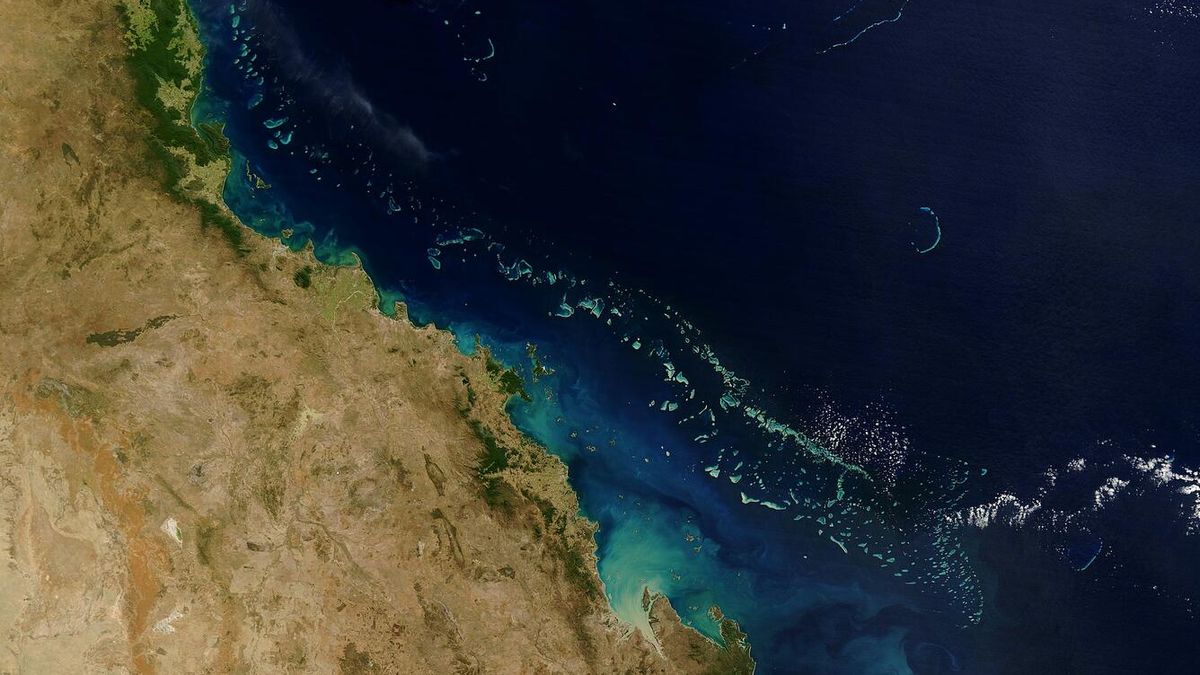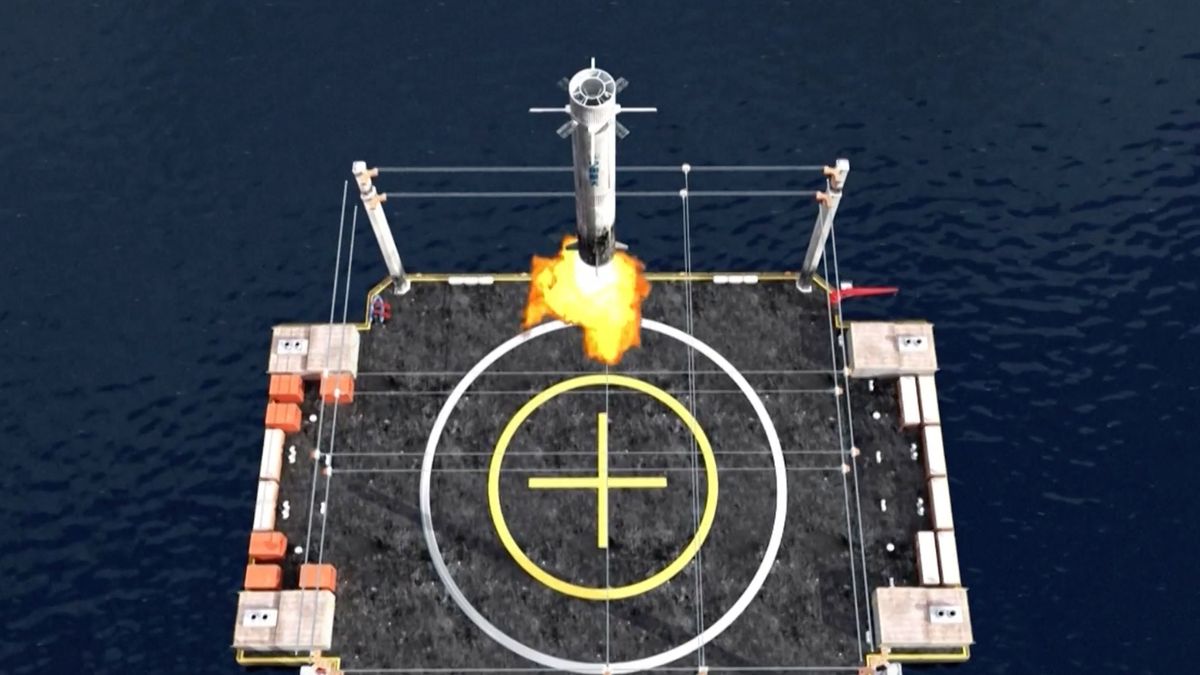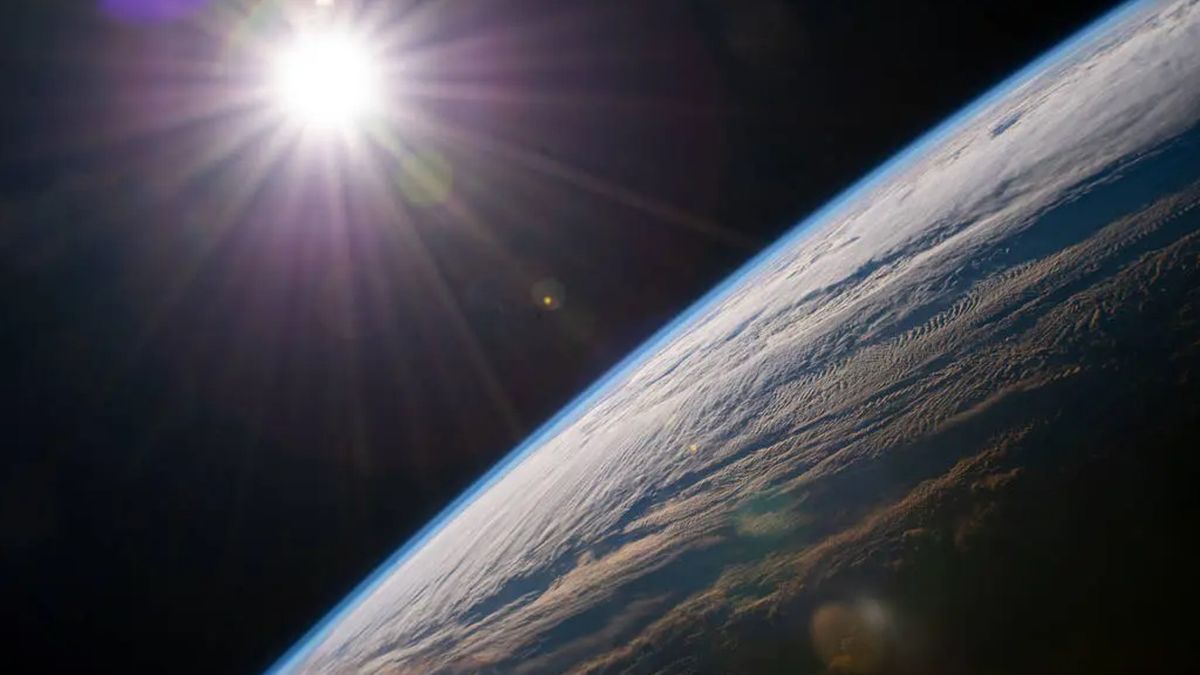The Impact of Rising Sea Temperatures on Coral Reefs
Multiple major coral reefs around the world are facing a significant challenge as they continue to pale in color due to warming sea temperatures. This event marks the fourth global bleaching occurrence and the second within the past decade. Over half of the world’s coral area, spread across the Pacific, Indian, and Atlantic oceans, is currently affected by this distressing phenomenon.
The Bleaching Process
Corals undergo bleaching when they experience stress, leading them to expel symbiotic algae known as zooxanthellae. These crucial algae reside within corals and are essential for their survival. Without zooxanthellae, corals lose their color and become vulnerable to starvation and disease. Since corals are living organisms that sustain the livelihoods of many individuals, prolonged exposure to warmer waters can result in their demise.
Satellites Monitoring Coral Reefs
Satellites are playing a crucial role in monitoring the health of coral reefs from space by collecting data on ocean temperatures, water quality, and changes in coral colors. This data aids scientists in identifying reefs that are at risk. Recently, the Allen Coral Atlas introduced a groundbreaking tool that allows real-time monitoring of coral bleaching. This tool utilizes imagery captured by Europe’s Sentinel-2 satellites and spacecraft operated by Planet, a company based in San Francisco that manages a fleet of satellites, including the Dove cubesats.
Research Efforts and Concerns
In the past, NASA conducted the CORAL mission, which used airborne instruments to study the decline of coral reefs, including the Great Barrier Reef, Hawaii, Palau, and the Mariana Islands. Scientists are growing increasingly concerned about the frequency and severity of coral bleaching events, which are exacerbated by marine heatwaves driven by climate change. Last year witnessed record-high global sea temperatures, leading to mass coral deaths in various regions, such as the Florida Keys, Cuba, and the Bahamas.
Utilizing Satellite Data for Conservation
High-resolution maps created from satellite data have revealed that coral reefs span a larger portion of the Earth’s oceans than previously believed. These maps are publicly available and are instrumental in global coral conservation efforts. Scientists and policymakers can utilize this data to gain a better understanding of reef ecosystems and implement effective management strategies to safeguard these critical marine environments for future generations.
Image/Photo credit: source url





